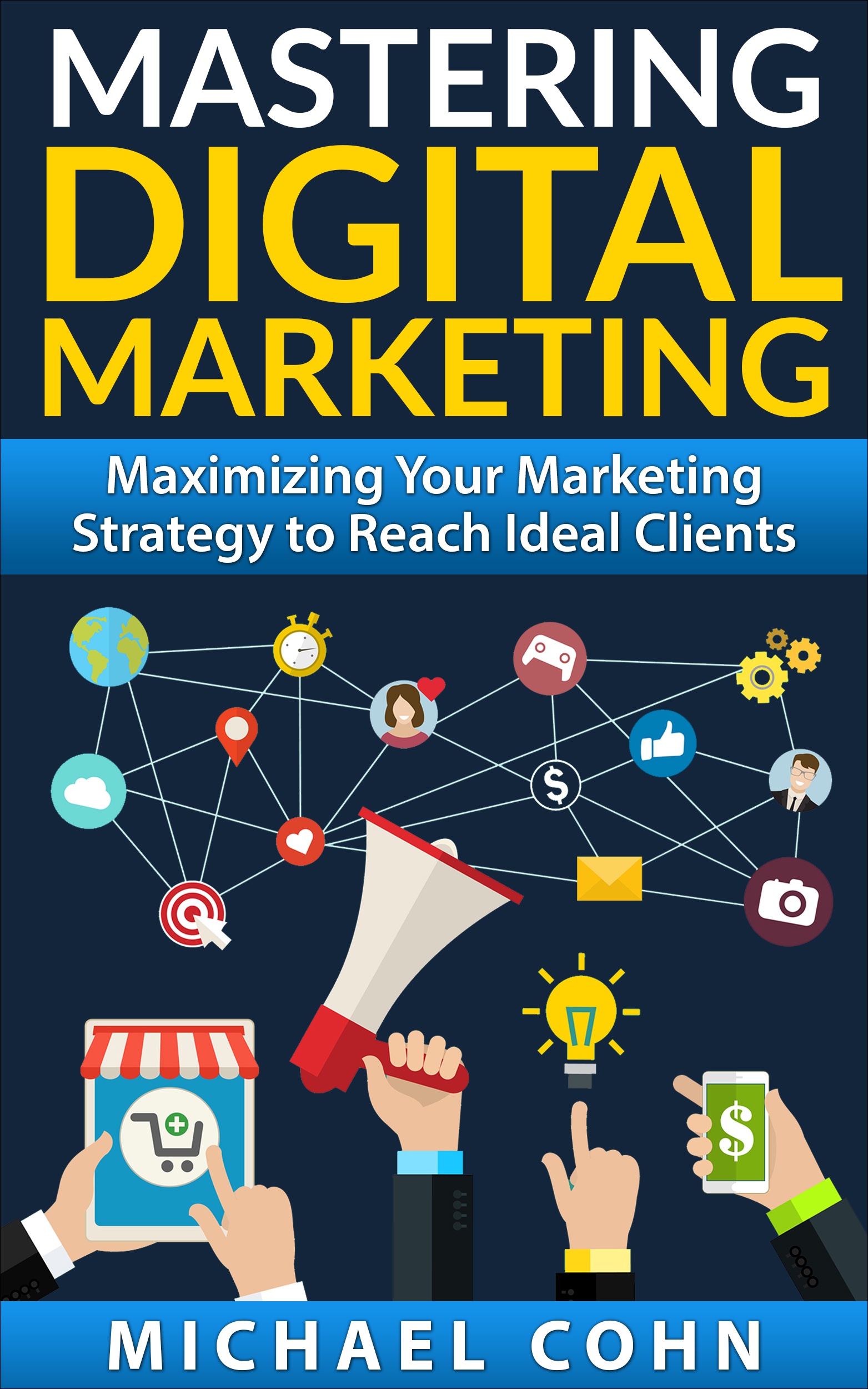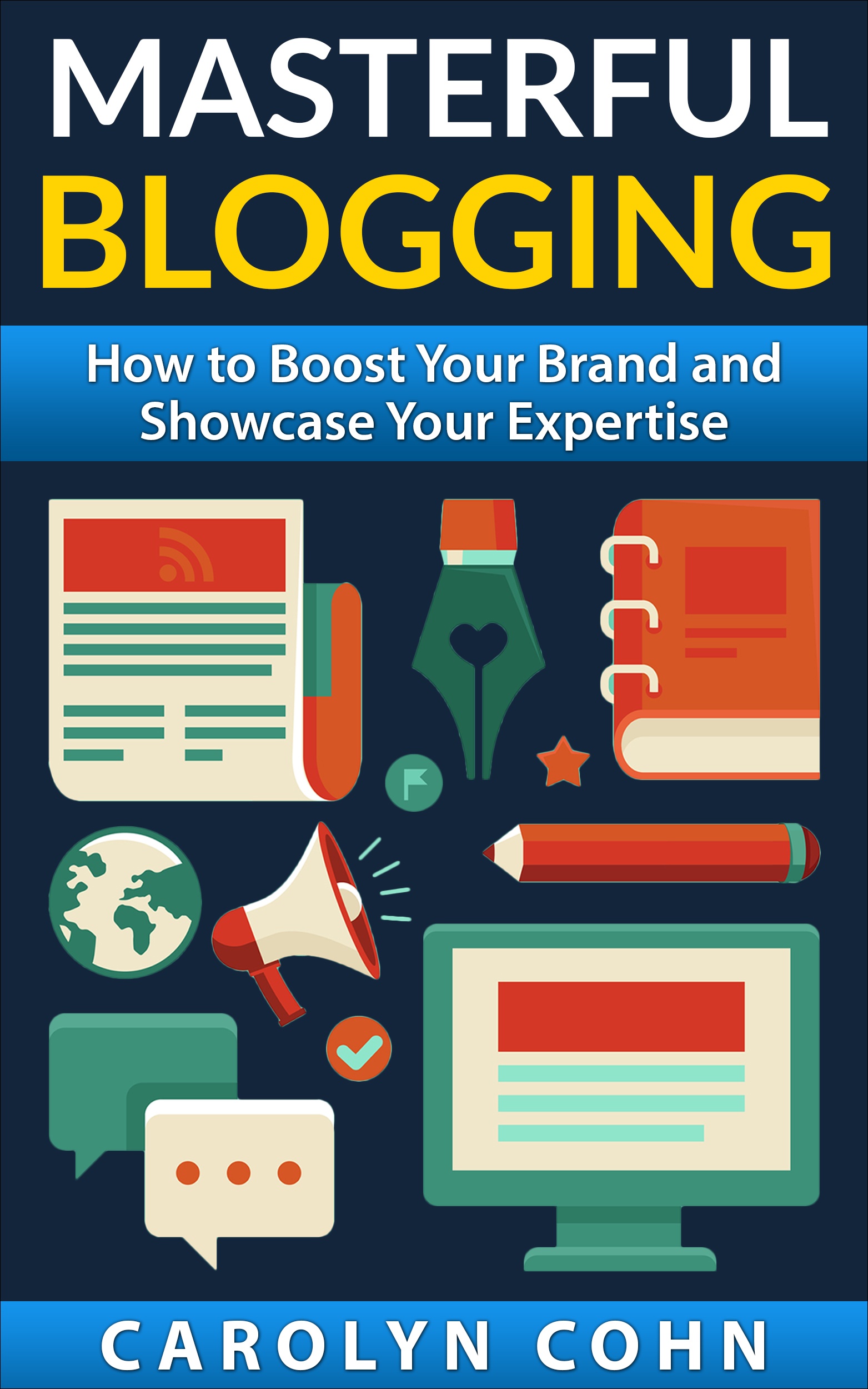How to Spread Good Business Ideas

You ask yourself why some ideas spread like wildfire and others don’t go anywhere at all. You may have amazing ideas that you want to communicate to a wide audience as quickly as possible.
We are currently in the middle of a communication revolution. With that in mind, the issue of understanding how to make ideas spread is more important than ever. This issue has been carefully analyzed and conclusions have been drawn.
The Tipping Point
The Tipping Point (a book written by Malcolm Gladwell, who is a Canadian journalist and pop sociologist) explains the concept of applying the principles of epidemics to the spread of ideas.
The Tipping Point has three rules:
1) The Power of Context: Environment contributes to the spreading of ideas. For example, law enforcement will crack down on small crimes in order to prevent bigger ones.
2) The Stickiness Factor: Just as some diseases are more contagious than others, some ideas stick with and affect people more than others.
3) The Power of the Few: There are very few people who have the great power to influence many people. There are mavens (masters of information), connectors (people who know a great number of other people) and salespeople (powerful communicators). These categories represent those influencers.
The Power of the Many
If you turn around The Power of the Few rule, you might ask “Why focus only on convincing a small number of influential people when there are so many to influence?” Influential people, who may be resistant to new ideas, are connected to many other people who may be more open and easier to bring around to your way of thinking.
Starting the spread of ideas is like a broadcast search. Your best approach is to shoot your ideas to as many people as possible and thus create the possibility of reaching both influential and non-influential people. Sometimes your ideas will reach the people whom you want to reach and sometimes they won’t. Your ideas have the chance of sticking to anyone who is willing to listen.
It is a known fact that people are influenced by others around them. Viral ideas are the most important type in marketing. Why would you bother to spend a lot of money on advertising when you could get other people to spread your ideas around for free? Your big challenge, however, is to get your ideas to go viral. More difficult still, is to get your ideas to go viral with any degree of predictability or consistency.
You wouldn’t risk a significant product launch on the small chance that you might save your advertising budget. That is just too unpredictable. Your business (and all other businesses) will not become successful by saving on marketing. Your business will become successful by selling your products.
In order to get your ideas to spread, not only do you need to get people to believe in them but you also need to get a majority of people to believe in them. Ideas don’t live in a vacuum; they are distributed and shared through interaction.
Three Conditions of a Viral Idea
1) Susceptibility: The idea either has to be powerful or the people who are predisposed to it need to have contact with it. A great idea is only as good as the timing. A good product will always succeed eventually, however, sometimes it is an instant hit and sometimes it takes a while to catch on.
2) Connectedness: The people who support and believe in the idea have to be able to connect with other people. In other words, your target audience should be broad. Additionally, make sure that the demographic of your target group isn’t misleading. For example, a young target group is not valuable unless there are young people who connect with each other.
3) Majority: Because clusters of people in a network are connected, they have an influence over each other. Who connects with whom initially is really not important. A majority doesn’t rule, it convinces. A marketing campaign must be strong enough and large enough to form a majority in a network. Once that majority is formed, it can spread the word.
A good example of this is Facebook, which was first limited to Harvard University. After that, it was limited to university students at other schools. At that point, it was able to take over the world. Most likely, if Facebook had originally been available to the general public, it wouldn’t have gained the momentum that would have been required.
Practical Marketing Implications
Mass media: The most effective way to reach the specific people whom you need is to reach a large number of them inexpensively. Which would you prefer, a client meeting or a presentation at a conference? If you have a client meeting, you have a chance of influencing a small number of people. However, if you give a presentation at a conference, you will not only reach your prospective clients but might also influence others who might positively affect your prospective client’s decision.
Don’t over-target: If you combine a few general targeting parameters, you will have a strong enough of a message to reach its intended goal. It is a good idea to build your target to fit your budget. However, there is no reason to leave people out if you don’t have to.
Encourage word-of-mouth: Social media strategies are a wonderful method of extending a marketing campaign as long as you remember that those strategies are not replacements for traditional marketing. For the maximum outcome, you need to integrate mass media and other types of marketing communications.
Our world of social networks offers great opportunities to boost the effectiveness and efficiency of traditional marketing campaigns. However, the solid standard of a great idea, good integration, and efficient buying will never grow old.
We are pleased to provide you the insightful comments contained herein. Please contact us at CompuKol Communications for further discussion on how we might be able to assist you and your team.


